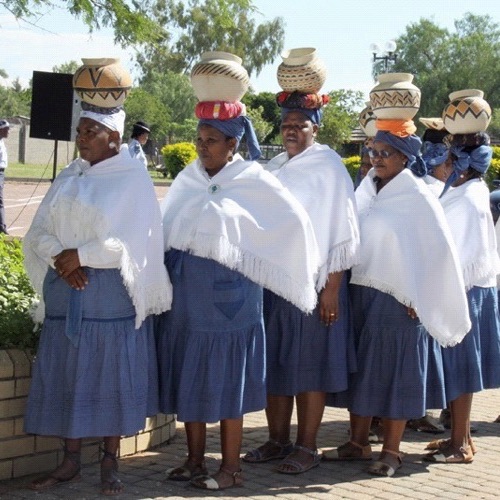Umembeso is a significant cultural celebration among the Zulu people of South Africa. It is an essential part of their traditional wedding process, marking the beginning of a new chapter in the lives of two families.
In this article, we will delve into the intricacies of Umembeso. We’ll explore its importance in Zulu culture, the preparations for the ceremony, traditional attire and accessories, the exchange of gifts, key rituals and customs, the Umembeso feast, entertainment and performances, modern adaptations, and the enduring importance of this cultural celebration in preserving cultural heritage.
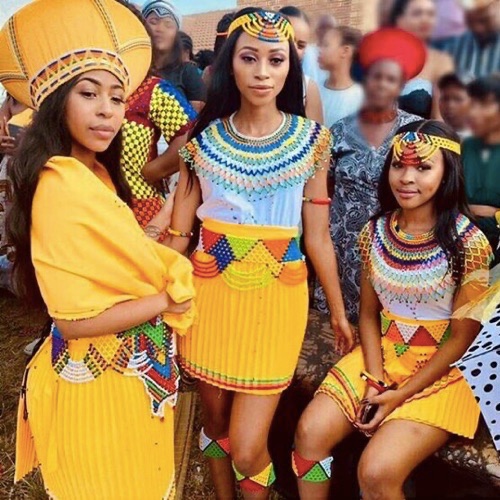
Introduction to Umembeso
Umembeso is a pre-wedding ceremony held in the Zulu culture to celebrate the union of two families. The word “umembeso” is derived from the Zulu verb “ukubesa,” which means “to carry” or “to bring.” In this context, it refers to the act of bringing gifts to the bride’s family by the groom’s family. This symbolizes their acceptance of the bride into their family.
Historically, Umembeso was a way for the groom’s family to show their appreciation and gratitude to the bride’s family for raising a well-mannered and respectful woman. The bride’s family, in turn, would accept the gifts as a sign of their approval of the marriage.
This exchange of gifts is still a critical aspect of the Umembeso ceremony today. Although the nature and value of the gifts may have evolved over time.

The Significance of Umembeso in Zulu Culture
In Zulu culture, Umembeso holds great importance as it signifies the coming together of two families. The ceremony serves as an opportunity for both families to get to know each other, forge bonds, and prepare for the upcoming wedding. It is also an opportunity for the families to showcase their cultural heritage through traditional attire, rituals, and customs.
The Umembeso ceremony is a public declaration of the couple’s intention to marry, with both families expressing their support and blessings for the union. It is a time of joy, celebration, and unity, as the families work together to ensure the success of the marriage.
The exchange of gifts during Umembeso is a crucial component of lthis process. It symbolizes the bond between the two families and their mutual respect and appreciation for each other.
Preparing for the Umembeso Ceremony
Preparation for the Umembeso ceremony begins well in advance, with both families working together to plan the event. The groom’s family typically takes the lead in organizing the ceremony, as they are responsible for providing the gifts and hosting the event.
This includes coordinating with the bride’s family to determine the date, time, and location for the ceremony, as well as any specific customs or rituals they wish to incorporate.
Both families also play a role in preparing the traditional attire, accessories, and food for the celebration. The groom’s family is responsible for purchasing the bride’s attire and any accompanying accessories, while the bride’s family prepares the groom’s attire. Each family will also contribute to the Umembeso feast by providing traditional dishes and drinks.
In the days leading up to the ceremony, the families will work together to set up the venue, ensuring that it is appropriately decorated and arranged to accommodate the guests and the various activities planned for the celebration.
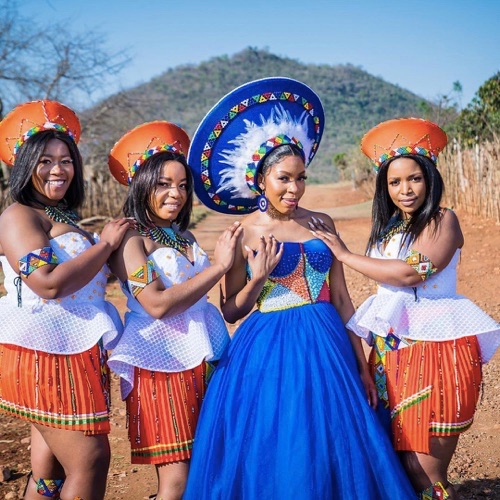
Traditional Attire and Accessories
The attire worn during the Umembeso ceremony is a reflection of the rich cultural heritage of the Zulu people. Both the bride and groom dress in traditional Zulu clothing. The groom’s family will provide the bride’s attire as part of their gift.
The bride typically wears a skirt made of cowhide called an “isidwaba” adorned with colorful beads and intricate patterns. She will also wear a beaded bodice called an “intsimbi” or “inhliziyo” and a headband known as “umqhele,” which is made of beads and cotton.
The groom, on the other hand, will wear animal skin called “ibeshu” or “amabeshu,” which is a traditional Zulu attire for men. He may also wear a headband made of animal skin and adorned with feathers called “indhlanzi.”
Accessories play a crucial role in the traditional attire worn during the Umembeso ceremony. Beadwork, in particular, is an essential component of Zulu attire, with intricate designs and patterns used to convey various meanings and symbols.
Both the bride and groom will wear a variety of beaded accessories. These include necklaces, bracelets, and anklets, which have been carefully crafted by skilled artisans.
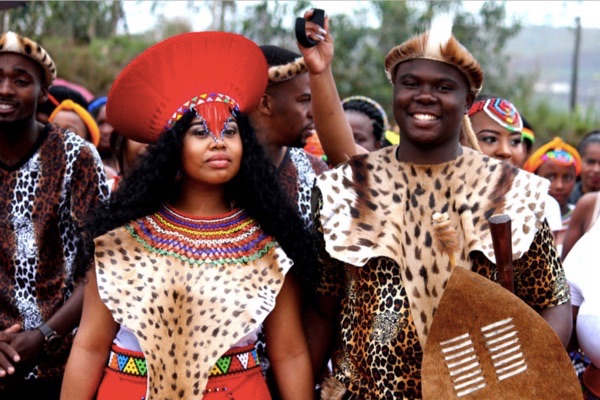
The Exchange of Gifts
The exchange of gifts is a central component of the Umembeso ceremony and serves as a symbol of the bond between the two families. The groom’s family is responsible for providing the gifts, which typically include items such as blankets, clothing, and food.
These gifts are presented to the bride’s family during the ceremony, with representatives from each family announcing the items and their significance.
In addition to the practical gifts, the groom’s family will also present the bride with her traditional attire and accessories, as mentioned earlier. This is a significant part of the ceremony. It symbolizes the groom’s family’s acceptance of the bride into their family and their support for the marriage.
The bride’s family, in turn, will provide the groom’s attire and may also present gifts to the groom’s family as a sign of their appreciation and gratitude. This exchange of gifts serves to reinforce the bond between the two families. It also highlights the importance of mutual respect and cooperation in ensuring the success of the marriage.
Key Rituals and Customs
During the Umembeso ceremony, several key rituals and customs take place, each with its unique significance and meaning. These rituals serve to honor the cultural heritage of the Zulu people, as well as to reinforce the bond between the two families and bless the upcoming marriage.
One of the most important rituals during the Umembeso ceremony is the slaughtering of an animal. Usually a cow or a goat. This act is seen as a sacrifice to the ancestors, and the meat is used to feed the guests during the Umembeso feast. The animal is typically slaughtered by the groom’s family. They present the meat to the bride’s family as part of the gift exchange.
Another critical ritual during the Umembeso ceremony is the presentation of the bride to the groom’s family. The bride, dressed in her traditional attire, will be escorted by representatives from her family to the groom’s family, who will then formally accept her into their family. This act symbolizes the bride’s transition from her family to her new life with her husband and his family.
During the ceremony, both families will also participate in various rituals and customs. These include singing, dancing, and reciting traditional praise poems known as “izibongo.” These activities serve to celebrate the union of the two families and the cultural heritage of the Zulu people.

Umembeso Feast
The Umembeso feast is an essential part of the celebration. It provides an opportunity for the two families to share a meal together and further strengthen their bond. The feast typically features a variety of traditional Zulu dishes. These are prepared by both families and designed to showcase their culinary skills and cultural heritage.
Some of the traditional dishes that may be served during the Umembeso feast include “inyama yenhloko” (meat from the head of the animal), “isibindi” (liver), “iklwa” (tripe), and “amadumbe” (yams).
These dishes are typically accompanied by “uphuthu” (maize porridge) and “amasi” (fermented milk). Traditional drinks such as “umqombothi” (a homemade beer made from maize and sorghum) and “umhluzi” (a drink made from fermented fruit) may also be served during the feast.
Entertainment and Performances
Music, dance, and performances play a crucial role in the Umembeso celebration. They provide entertainment for the guests and showcase the rich cultural heritage of the Zulu people.
Traditional Zulu dance forms such as “indlamu” (a warrior dance), “umzansi” (a competitive dance), and “isishameni” (a more relaxed dance) may be performed during the celebration, accompanied by traditional Zulu instruments such as the “imibhobho” (a type of horn), “ukhamba” (a clay pot used as a drum), and “umakhweyana” (a bow-shaped instrument).
In addition to traditional performances, modern music and dance styles may also be incorporated into the celebration. This reflects the fusion of traditional and modern cultures in contemporary Zulu society. This blend of traditional and modern elements serves to highlight the enduring importance of Umembeso in preserving Zulu cultural heritage.
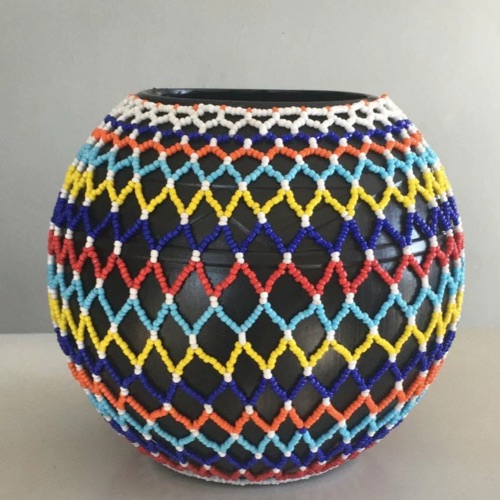
Modern Adaptations
While Umembeso remains an essential cultural celebration in Zulu society. It has also evolved over time to reflect changing social and cultural norms. In contemporary Zulu weddings, Umembeso may be combined with other pre-wedding ceremonies or adapted to suit the preferences of the couple and their families.
For example, some couples may choose to incorporate Western-style elements into their Umembeso celebration. This includes a white wedding dress for the bride or a wedding cake. Others may choose to host the ceremony in a modern venue, such as a hotel or restaurant, rather than in a traditional setting.
Despite these adaptations, however, the core values and traditions of Umembeso remain intact. This emphasizes the importance of family, community, and cultural heritage in Zulu society.
In Summary
In conclusion, Umembeso is a significant cultural celebration in Zulu society. It marks the beginning of a new chapter in the lives of two families. The ceremony serves as a public declaration of the couple’s intention to marry. As well as an opportunity for both families to get to know each other, forge bonds, and prepare for the upcoming wedding.
The exchange of gifts, traditional attire and accessories, key rituals and customs, Umembeso feast, entertainment and performances, and modern adaptations all serve to highlight the enduring importance of Umembeso in preserving Zulu cultural heritage.
As Zulu society continues to evolve and adapt to changing social and cultural norms, Umembeso remains a symbol of the rich cultural traditions and values that have been passed down through generations.
As we celebrate Umembeso and other cultural celebrations around the world, let us remember the importance of preserving cultural heritage and passing it on to future generations. Let us continue to honor and celebrate the diverse cultural traditions that make our world a rich and vibrant tapestry of human experience.



